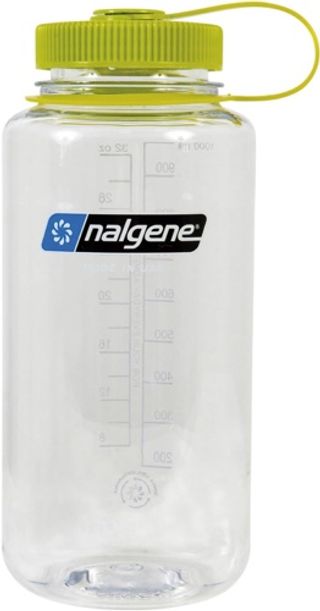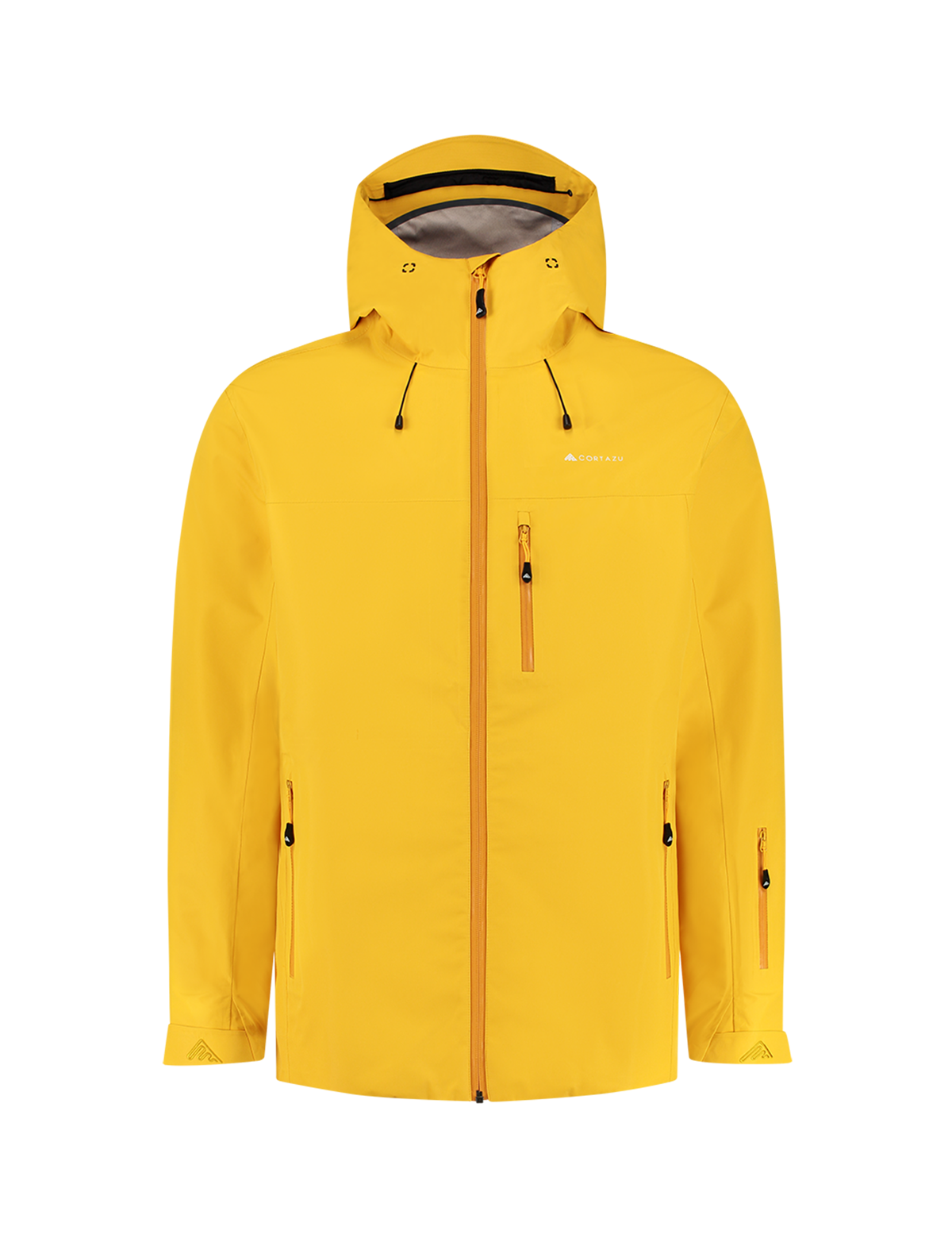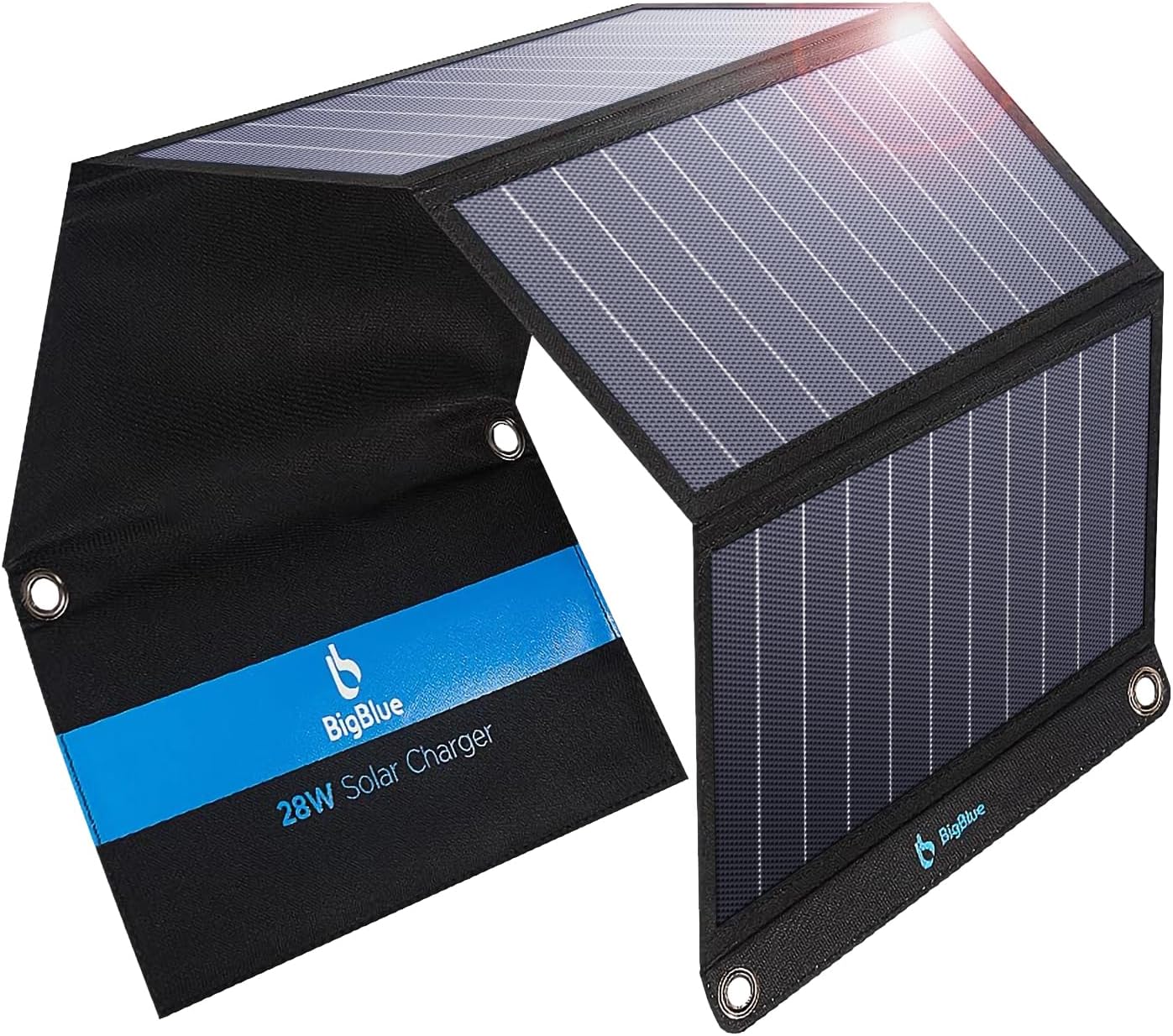How to Hike the Lares Trek Without A Guide
Last updated:
Dive into the mystical allure of Peru's Lares Trek, a four-day odyssey through the heart of the Andes. Picture yourself amid alpaca-dotted landscapes, conquering mountain passes, and immersing in the vibrant culture of Andean villages. With alternative starting points adding to the intrigue, the Lares Trek beckons with tales of rugged beauty, cultural richness, and the exhilaration of high-altitude exploration. This journey is more than a trek; it's an invitation to uncover the secrets of an enchanting corner of the world, leaving you eager to discover the full story that awaits along the Lares Trail.
Quick Links:
Overview
Embark on a soul-stirring adventure through the heart of the Andes with the Lares Valley trek in Peru—a journey meticulously crafted for the intrepid explorer seeking a perfect blend of awe-inspiring landscapes, cultural immersion, and the thrill of high-altitude hiking. Over four days, you'll traverse the rugged beauty of the Lares Valley, winding your way through quaint villages, ascending majestic mountain passes, and camping beneath star-studded skies. From the pastoral scenes of alpacas and llamas grazing in Huaran to the vibrant markets and narrow streets of Huacahuasi, each day unfolds a new chapter in this captivating narrative. Immerse yourself in the essence of the Andes, where every step is a testament to the rich tapestry of nature and culture that defines this region. Join me as we hike through valleys, conquer mountain passes, and forge lasting memories in the breathtaking landscapes of the Lares Valley.
Route Map
Explore the Lares Valley with a detailed map highlighting its diverse wonders. The itinerary, including alternative starting points, unfolds vividly, guiding adventurers through alpaca-filled valleys and over challenging mountain passes. Discover points of interest such as Quishuarani, with its cultural richness, and Huacahuasi, a village nestled in the Andean tapestry. Navigate alternative routes, each offering a unique perspective on the breathtaking landscapes. A comprehensive map becomes your trusted companion, unveiling the Lares Trek's secrets, ensuring a seamless journey through Peru's high-altitude wonders.
Learn how to download the map for your own offline use by reading how I navigate on the trail .
Itinerary
Embark on a thrilling four-day trek through Peru's Lares Valley, a symphony of breathtaking landscapes and cultural immersion. Whether starting from Huaran or exploring alternative entry points, traverse alpaca-dotted valleys, scale passes at 4662 meters, and explore charming villages like Quishuarani. The journey is a triumph of exploration, encapsulating the rugged beauty and spirit of the Andes in a concise yet exhilarating adventure.
Brief Itinerary
| Day | Itinerary | Details |
|---|---|---|
Day 11 | Huaran - Cancha Cancha | 13.3km3991m |
Day 22 | Cancha Cancha to Quishuarani | 16km4662m |
Day 33 | Quishuarani to Huacahuasi | 15.1km4419m |
Day 44 | Huacahuasi to Yanahuara | 23.5km4623m |
Detailed Itinerary
Day 1: Huaran - Cancha Cancha
Distance: 13.3 km
Highest Elevation: 3991 km
Embark on your Lares Valley trek from Huaran, setting foot on a captivating 13.3-kilometer journey that gradually ascends through a picturesque valley. As you trek upward, the trail unfolds before you, revealing the splendor of the Andes Mountains. Along the way, encounter alpacas, llamas, and cows grazing peacefully, surrounded by vibrant Andean flora. Pass through charming rural villages, each a testament to the rich cultural tapestry of the region. As the day draws to a close, consider camping in the hills above Cancha Cancha, offering a vantage point for breathtaking views of shepherds tending to their flocks against the backdrop of the majestic mountains.
Day 2: Cancha Cancha to Quishuarani
Distance: 16 km
Highest Elevation: 4662 km
Today's adventure spans 16 kilometers as you continue up the Lares Valley, reaching an elevation of 4662 meters at the scenic pass. Marvel at the beauty of lagoons and waterfalls, and share the trail with sheep, llamas, and alpacas. Your journey culminates in the rustic charm of Quishuarani, a small rural village nestled in the heart of the Andes. Before reaching Quishuarani, take a detour to explore a smaller village, gaining insights into the daily lives of the locals. For a more secluded camping experience, venture beyond Quishuarani and find a peaceful camping spot further up the pass.
Day 3: Quishuarani to Huacahuasi
Distance: 15.1 km
Highest Elevation: 4419 km
Embark on a 15.1-kilometer trek that winds through smaller passes, the village of Cuncani, and past local homes and farms. As you approach Huacahuasi, a larger village along the Lares Valley, consider spending the night in a small hotel for added comfort. The village offers a rich cultural experience, with opportunities to interact with the locals and immerse yourself in the Andean way of life. With free time on your hands, explore the narrow streets and vibrant markets of Huacahuasi, capturing the essence of this high-altitude community.
Day 4: Huacahuasi to Yanahuara
Distance: 23.5 km
Highest Elevation: 4623 km
Embark on the final leg of your Lares Valley trek, covering a distance of 23.5 kilometers. Hike over one last mountain pass, savoring the panoramic views that accompany your descent into the Yanahuara valley. For those seeking a more leisurely pace, consider camping at Lake Millpo after conquering Huacahuasi Pass. Arriving in Yanahuara, you'll have completed a transformative journey through the Andes, marked by the diverse landscapes, cultural encounters, and the triumphant sense of accomplishment that comes with hiking in this enchanting region of Peru.
Personal Highlights
On the Lares Trek, I discovered a cultural tapestry through engaging with Andean locals, summiting passes at 4662 meters for awe-inspiring vistas, and witnessing free-roaming alpacas and llamas against towering peaks. Beyond a mere journey, it's a personal odyssey—a fusion of Andean allure and transformative exploration.
Encounters with Andean Locals
In the heart of the Lares Valley, every step is a chance to meet the incredible Andean locals. Engaging with villagers along the trail, I discovered a rich tapestry of traditions and warm hospitality. Each smile and shared story became a precious window into their daily lives. The Lares Trek isn't just a physical adventure; it's a cultural journey, where forging connections with these remarkable people adds depth and meaning to the mountainous terrain.
Awe-Inspiring Panoramas
Scaling the mountain passes at 4662 meters, the reward is beyond words. The panoramic views from these heights are nothing short of awe-inspiring. At the summit, I surveyed the vast Andean landscape, where snow-capped peaks pierced the sky, and lush valleys stretched beneath my feet. These moments atop the passes weren't just a reward for the climb; they were a breathtaking spectacle, a reminder of the untamed beauty that defines the Andes.
Alpacas, Llamas, and Sheep, Oh My!
Every step on the Lares Trek brought me face-to-face with a wildlife spectacle. Herds of alpacas, llamas, and other creatures roamed freely against the backdrop of towering peaks. The journey echoed with the rhythmic dance of these animals, creating an enchanting harmony between the untamed wilderness and my intrepid exploration. The Lares Valley became a canvas where the abundance of life painted a captivating picture of the thriving Andean ecosystem.
Weather and Seasons
For an optimal trekking experience near Cusco, it's crucial to consider the distinct rainy and dry seasons that shape the region's climate. The dry season, spanning from May to October, stands out as the ideal period for hiking enthusiasts.
Dry Season
May to October
Stable weather, minimal rain, and clear mountain skies
Best For:
Photography
Hiking
Views
Rainy Season
November to April
Heavy rain, muddy trails, and reduced visibility
Best For:
Green scenery
Low crowds
Recommended Gear
Embarking on the Lares Trek demands careful consideration of essential gear to ensure a comfortable and safe journey through the challenging Andean terrain. Begin with sturdy, well-worn hiking boots, providing ankle support for uneven paths and rocky ascents. Layering is key to adapting to fluctuating temperatures, so pack moisture-wicking clothing and a waterproof jacket. A durable backpack with ample capacity is essential, housing essentials like a water reservoir, energy-rich snacks, and a first aid kit. Given the high altitude, a brimmed hat and sunglasses are crucial for sun protection. Don't forget a quality sleeping bag and a compact, insulated tent for chilly nights in the mountains. Trekking poles aid in balance and reduce strain on the knees during descents. Lastly, a comprehensive map and navigation tools ensure you stay on the right trail, enhancing the overall safety and enjoyment of this exhilarating Lares Valley adventure.
The provided gear list is a suggestion, tailor it to your needs. Prioritize safety by packing and preparing well for a happy, adventurous hike. Interested in all of my gear recommendations? Explore all gear to see what I recommend for filming, travel, and fun :)
Costs
Transportation to/from Cusco: The journey from Cusco to a village in the Sacred Valley typically involves taking a local colectivo (minibus), costing approximately $4 - $5 round trip depending on your starting and ending points.
Local Guide: Opting for a local guide, fluent in Quechua, Spanish, or English, can enhance your experience but comes at an additional cost ranging from $30 to $50 per day, depending on your trekking style and negotiation.
Food: Budget around $10 per day for food purchased in Cusco before departure. This estimate includes meals and snacks for the duration of the trek.
Accommodation: If you choose to primitive camp throughout the trek, there may not be an accommodation expense. However, staying in a hotel in one of the bigger villages could range from $10 to $20+ per night.
Total Cost for Four Days: $44 to $345
Conclusion
As the Lares Valley trek in Peru draws to a close, reflect on the extraordinary tapestry of experiences woven into the fabric of the Andes. Over four days, you've traversed mountain passes, delved into rural villages, and marveled at the diverse flora and fauna that call this region home. The journey's crescendo, reaching its pinnacle at an elevation of 4662 meters, serves as a testament to your resilience and the indomitable spirit of exploration. From the tranquility of Cancha Cancha to the cultural vibrancy of Huacahuasi, the Lares Valley has unfolded its wonders in every step. The memories of alpacas grazing against a backdrop of snow-capped peaks, the camaraderie of fellow hikers, and the warmth of local communities will linger long after the trek's end. As you bid farewell to Yanahuara, take with you not just the sense of accomplishment but also the enduring connection to the rugged beauty and captivating tales of the Andes, a journey etched into the very core of your adventurous spirit.
You Might Also Like
Safety Disclosure: This travel guide is intended for educational purposes only. Readers are urged to conduct their due diligence, verify current conditions, and research the most recent information independently. Conditions along trails and relevant details may change, necessitating the confirmation of accurate and updated information from reliable sources or local authorities before undertaking any travel or outdoor activities.
Affiliate Disclosure: This travel guide contains affiliate links, which means I may earn a commission for purchases made through these links at no cost to you. Your support helps sustain the creation of more content.



































































Comments
Luuk
What a fantastic trek Nicholas! We are planning to do something similar next month (so same season) and are wondering what place in Huacahuasi you stayed? Were there many little hostals? Google doesn't show anything there except the lodge. Thank you!
Nicholas Eager
Hi Luuk, thanks for your comment! In Huacahuasi I stayed at a small locally run place that a kind villager led me to. It wasn’t listed online at the time. There weren’t many options, so having camping gear as a backup was a good idea. I’m sure you’ll find something similar when you go. Wishing you an amazing trek!